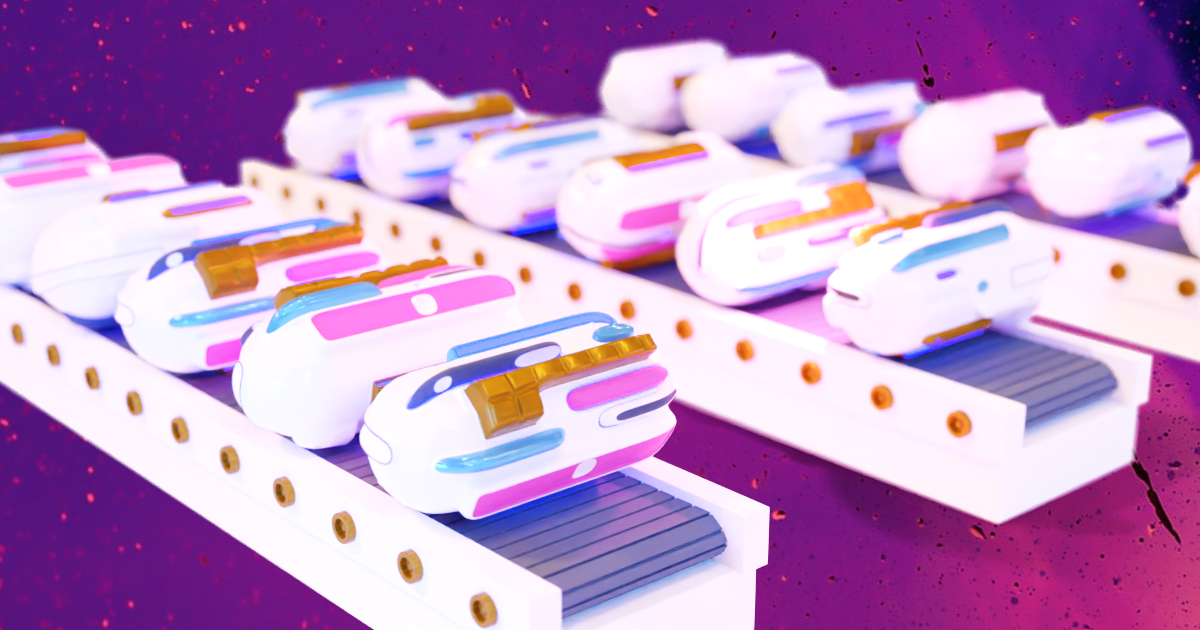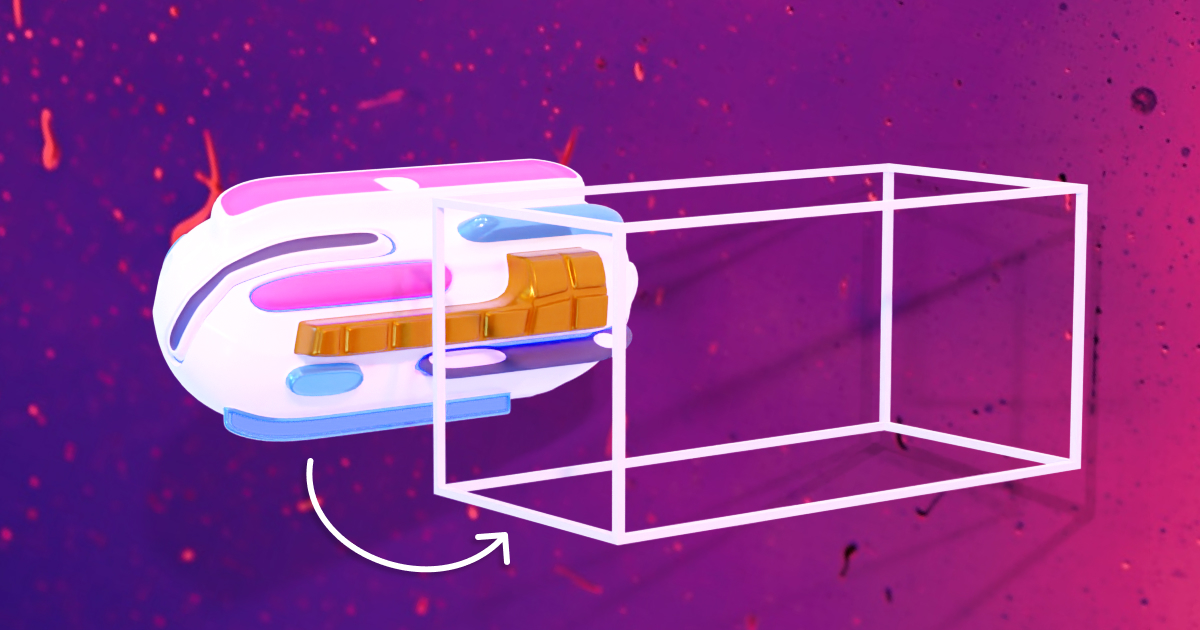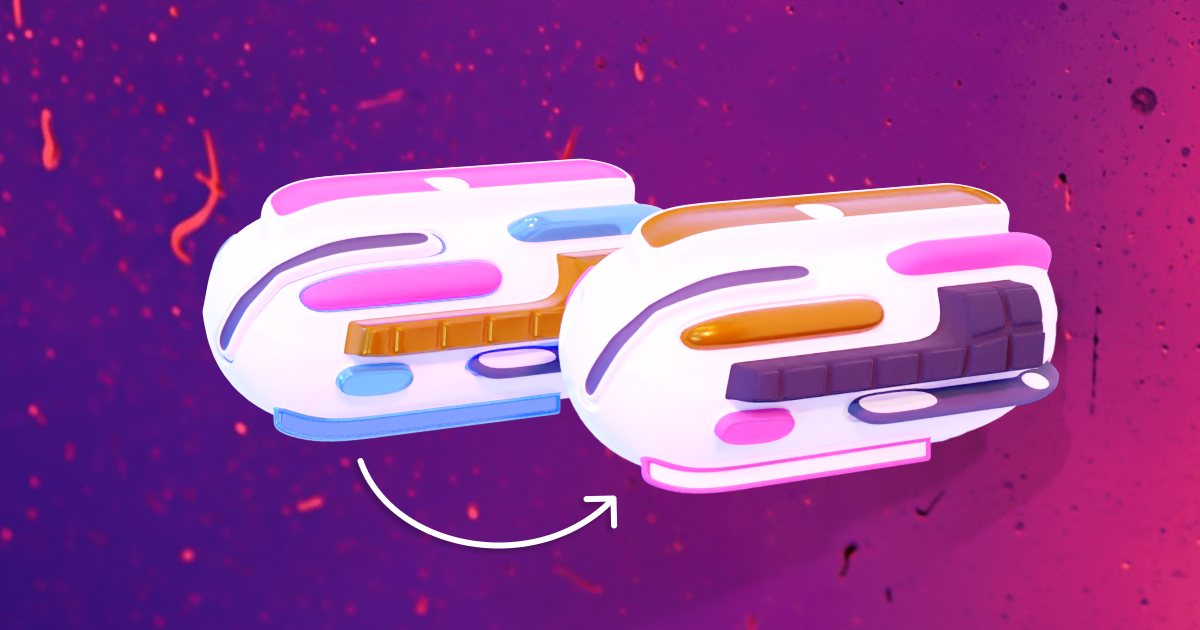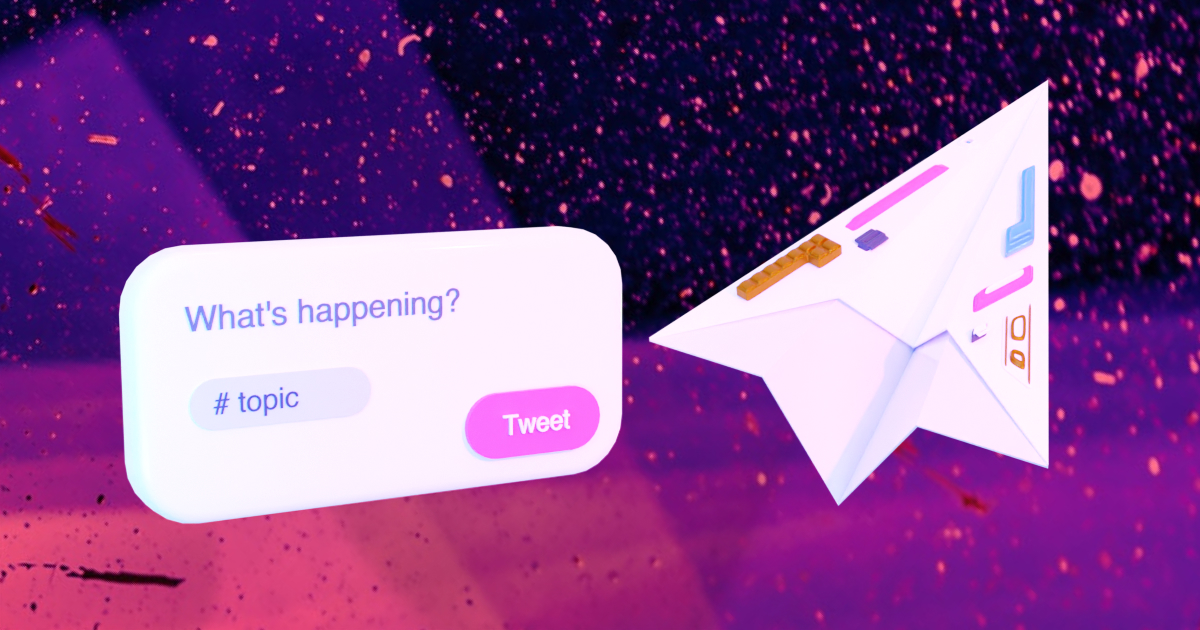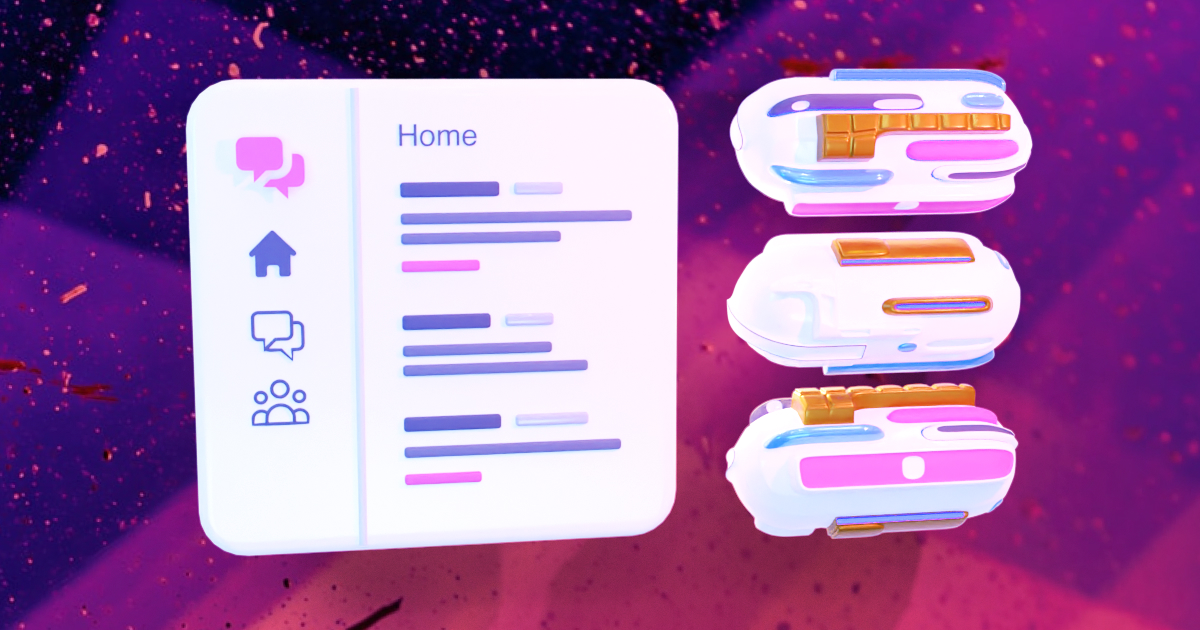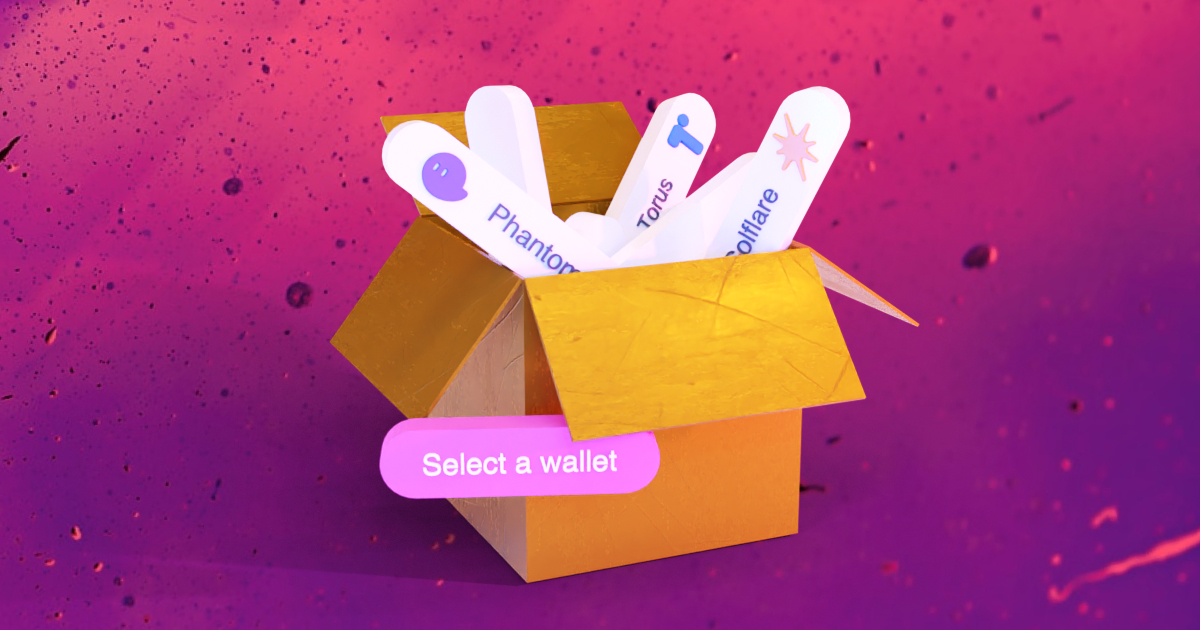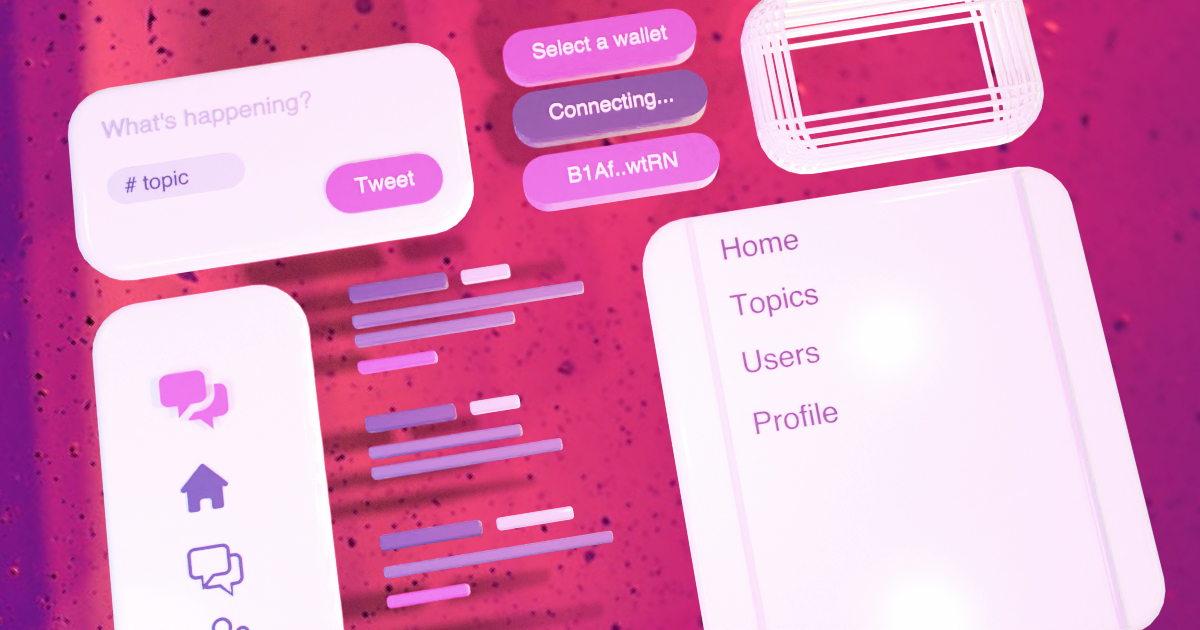How NFTs are represented in Solana
The way NFTs are structured in Solana is pretty unique. Let’s embark on a journey that will tell us everything we need to know about them.
A new way of owning data
In this article, I explain why I’m excited about NFTs and provide examples of the new opportunities they unlock.
Owning digital assets in Solana
Paginating tweets
When a program starts getting lots of accounts, it can be tricky to retrieve them whilst keeping a decent user experience. In this episode, we use tricks to paginate and order accounts from our program.
Paginating and ordering accounts in Solana
In this article, we will go through different techniques to learn how to optimise our calls to the Solana cluster to support pagination and account ordering.
Deleting tweets
Now that we know how to create, read and update accounts in Solana, let's see how to delete them.
Updating tweets
Let's continue to improve our dApp feature by feature. In this episode, we'll create a new instruction allowing users to update their own tweets.
Deploying to devnet
Our decentralised application is finally ready to be deployed so let's learn how to do that. Let the world see what you've created! 🚀
Sending new tweets from the frontend
In this episode, we finally complete our frontend application by allowing users to send tweets!
Fetching tweets in the frontend
With our Anchor program at hand, we update our frontend so it displays real tweets from the blockchain instead of mock data.
Integrating with Solana wallets
In this episode, we allow users to connect their wallets within our application. On top of getting additional wallet data in our app, this also allows us to recreate the program object defined by Anchor.
Scaffolding the frontend
We quickly scaffold a mock user interface using VueJS, TailwindCSS and Vue Router. Instead of spending hours designing components, I'll give you all the files you need as a big ZIP to copy/paste into your project.



